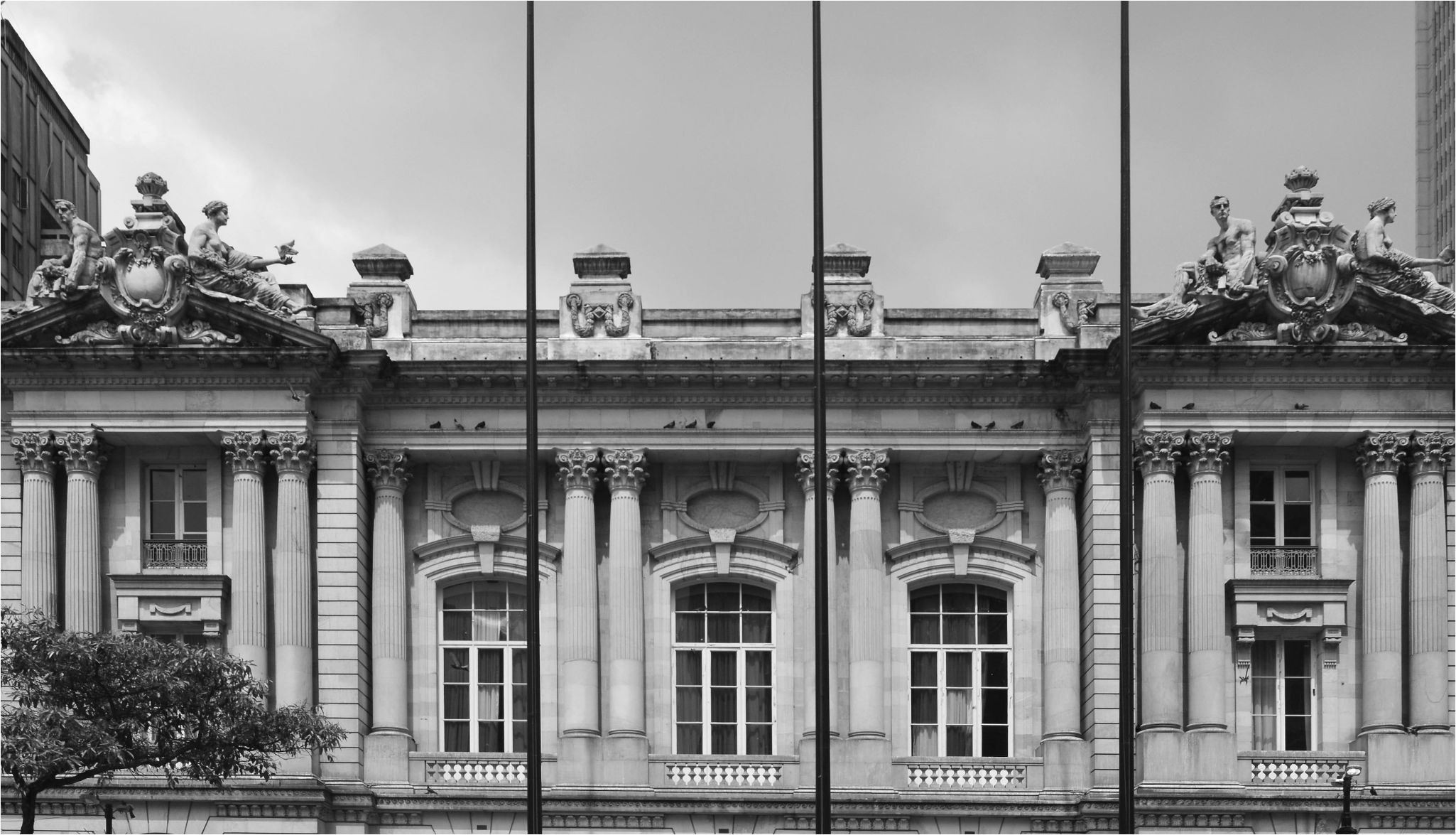Back to all modules
Architecture in Colombia (1910-1940): From the Quest for a National Style to International Modernity

This module delves into Colombian history of architecture during the first half of the 20th century by investigating the relationship between the country’s modernization and the process of nation building. The first lecture focuses on the modernization of the architectural practice by highlighting how eclectic architecture not only defined a new, bourgeoise, scenography for Colombian cities but also featured important technological innovations. Then, it explores the architecture and infrastructure related to the economies of exploitation by foreign capital in peripheral contexts. As overall economic and social changes sparked a deep cultural debate on the identity of the modern Colombian nation, the second lecture considers the same period with a specific interest in the architectural production that resulted from the reflections on the problem of national identity. It therefore delves into the diffusion of Spanish-colonial architectural languages, framing such expressions as a transnational phenomenon of the period. Then, it displays the “discovery” of alternative sources for a “national style”, namely the indigenous traditions, already central in the work of Colombian painters, ...
Loading Accordion Items...


